The Ultimate Spice Mix-Up: 7 Asian Mixture Secrets That Will Transform Your Kitchen Forever!
Table of Contents
- Why Asian Spice Mixtures Are Magic in a Jar
- Top 7 Asian Spice Mixes You Need to Know
- Pro Tips for Using & Storing Asian Spice Blends
- Spice Pairings: What Goes With What?
- The Science Behind the Sizzle: Why These Blends Work
- Conclusion: Your Spice Journey Starts Now!
Why Asian Spice Mixtures Are Magic in a Jar
Let’s face it: cooking can sometimes feel like adulting. But then—BAM!—you add the right spice mix and suddenly you're Gordon Ramsay with a mic drop.
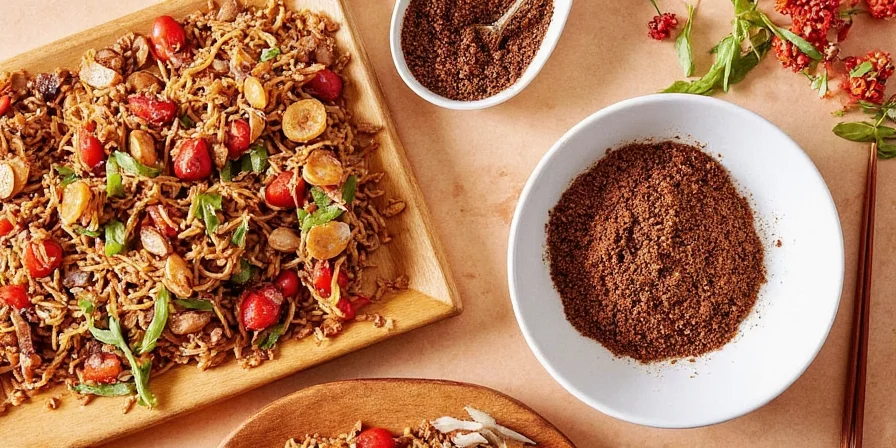
Asian spice mixtures are not just about heat or flavor—they’re culinary symphonies packed into tiny bottles. Each blend tells a story of geography, history, and culture, all while making your dinner party guests whisper, “Is this homemade?!”
Top 7 Asian Spice Mixes You Need to Know
Ready to spice up your life? Here’s the ultimate cheat sheet for your pantry:
- Garam Masala (India): The warm hug of spices. Think cinnamon, cardamom, cloves, and cumin.
- Sichuan Five-Spice (China): Not your grandma's five-spice powder—it has that tongue-numbing Sichuan pepper kick!
- Shichimi Togarashi (Japan): Spicy, citrusy, and slightly nutty. Great on noodles, rice, or even popcorn.
- Dubu Dubu (Korea): A gochugaru-based mix used in kimchi and marinades. Fiery and fermented.
- Ras el Hanout (Moroccan, but super Asian-friendly): A complex blend with over 30 ingredients. It’s like throwing a global spice rave in your mouth.
- Panch Phoron (Bengal/India/Nepal): Whole seeds galore! Mustard, fenugreek, nigella, fennel, and cumin come together like a crunchy jazz band.
- Mitra’s Masala (Southeast Asia Fusion): Our fictional blend for fun! Imagine lemongrass meets smoked paprika with a dash of coconut sugar. YUM.

Pro Tips for Using & Storing Asian Spice Blends
- Toasting is a MUST: Heat a dry pan and toast the blend for 30 seconds before adding to your dish. Smell heaven? That’s the magic happening.
- Buy whole, grind fresh: Freshly ground spices are like freshly squeezed lemon juice—more vibrant and aromatic.
- Airtight containers = best friends: Light, heat, and moisture are spice killers. Store them in cool, dark places.
- Label everything: Because one day you’ll stare at 20 jars and ask, “Is that berbere or garam masala?”
- Play with ratios: Don’t be afraid to tweak blends. Make it YOUR signature mix!
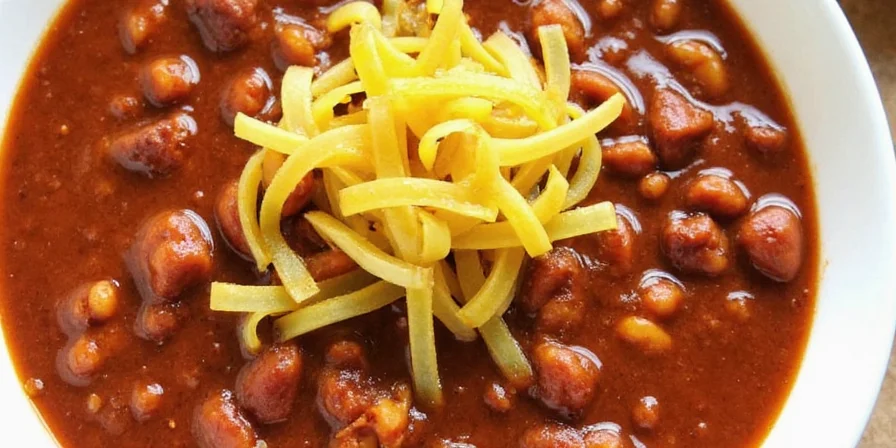
Spice Pairings: What Goes With What?
Not sure how to use that jar of shichimi togarashi? Let’s break it down in a spicy little chart:
| Spice Blend | Best For | Flavor Profile | Quick Tip |
|---|---|---|---|
| Garam Masala | Curries, lentils, roasted veggies | Warm, earthy, sweet | Add near end of cooking |
| Five-Spice Powder | Roast pork, dumplings, braises | Anise-forward, smoky, savory | Use sparingly |
| Shichimi Togarashi | Ramen, udon, grilled fish | Spicy, citrusy, slightly bitter | As a finishing touch |
| Dubu Dubu | Kimchi, bibimbap, grilled meats | Fiery, salty, umami | Balance with sesame oil |
| Ras el Hanout | Stews, tagines, lamb | Complex, floral, deep | Great for slow-cooked dishes |
| Panch Phoron | Vegetable stir-fries, pickles, fish | Nutty, sharp, bold | Temper in oil first |
| Mitra’s Masala | Grilled pineapple, coconut curry, tofu | Citrusy, smoky, slightly sweet | Experiment boldly! |
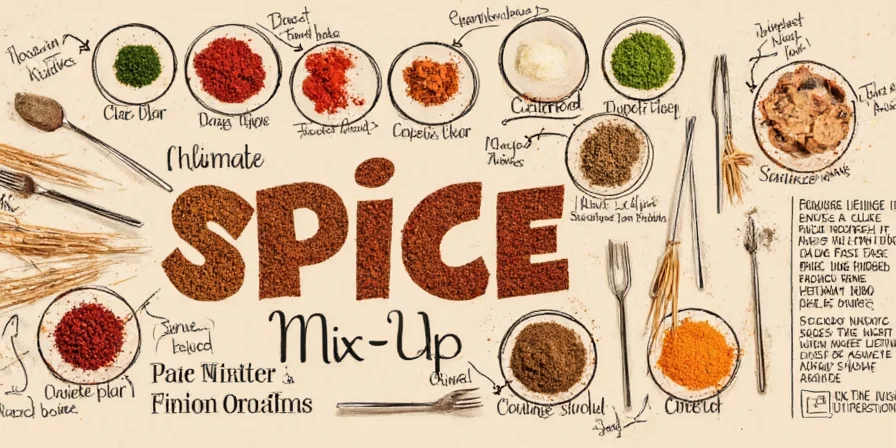
The Science Behind the Sizzle: Why These Blends Work
Ever wonder why certain spices just...click together? It’s not magic—it’s chemistry. Volatile oils in spices like cardamom and star anise create aroma clouds. Meanwhile, compounds like capsaicin (chili), piperine (black pepper), and sanshool (Sichuan pepper) deliver that tingling, burning, numbing sensation we crave.
When combined thoughtfully, these molecules work together like a well-rehearsed orchestra. Some enhance sweetness, others balance bitterness, and some just make your nose run because they’re spicy AF.
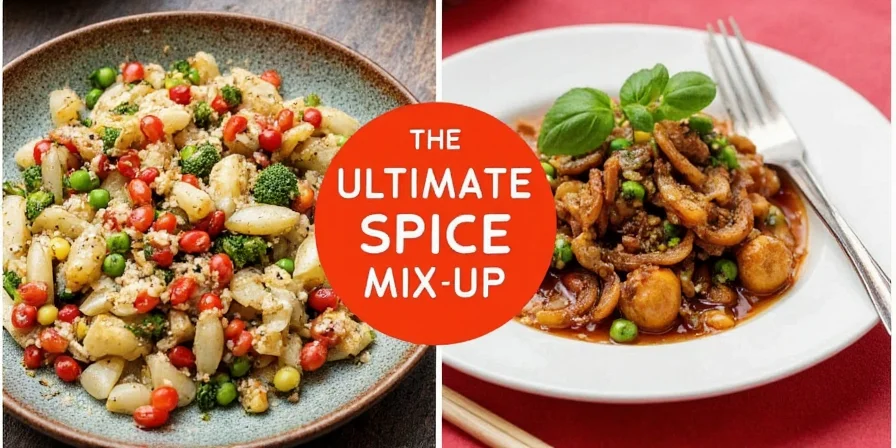
Conclusion: Your Spice Journey Starts Now!
If there’s one thing you take away from this article: don’t treat spices like wallflowers. They are the lead singers of your flavor band. Whether you’re dusting shichimi togarashi on your popcorn or mixing your own ras el hanout, remember—the world of Asian spice blends is vast, delicious, and waiting for YOU to explore.
So grab those jars, get grinding, and let your kitchen smell like a street market in Bangkok. Happy spicing!
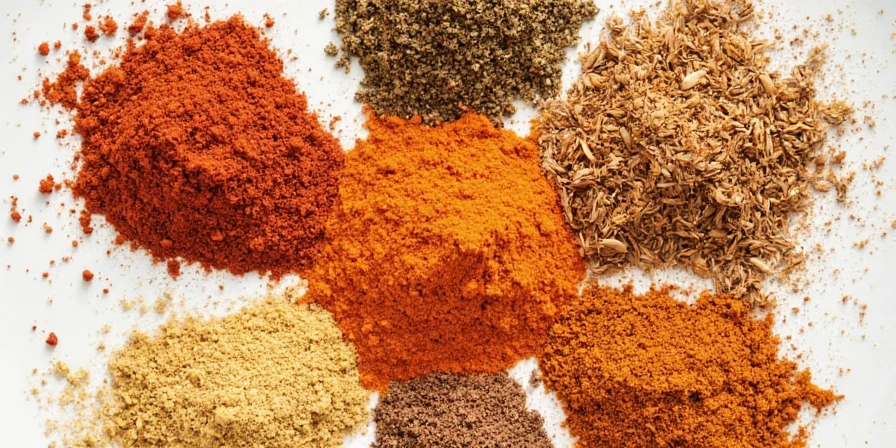

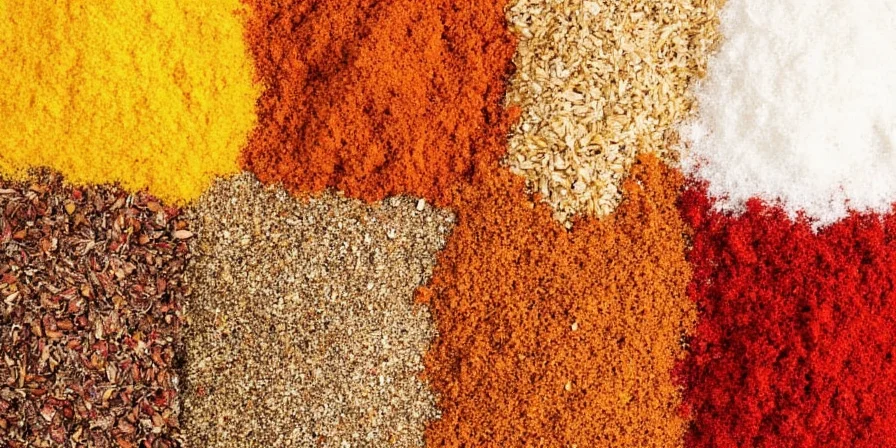









 浙公网安备
33010002000092号
浙公网安备
33010002000092号 浙B2-20120091-4
浙B2-20120091-4